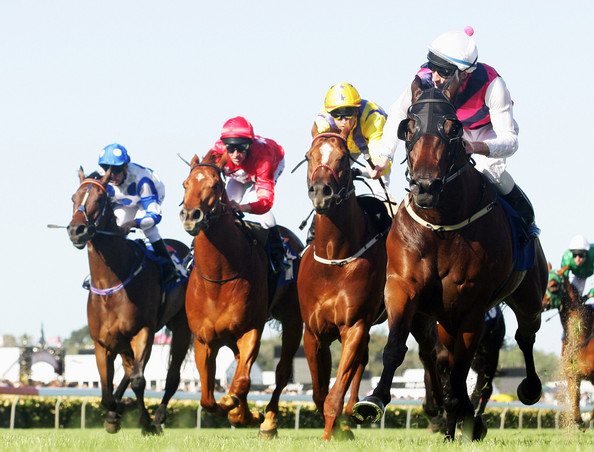Maximising returns from a free bet
The battle for your punting dollar is a hotly-contested one in the Australian corporate bookmaker environment. With a summer of domestic cricket and tennis action being coupled with the best that the EPL, NFL and NBA have to offer, many bookies will lure you in to an initial signup/ deposit with a free bet of some form. But with your free bet tucked safely away in the account and the potential strategies (and payoffs) for using it almost endless, what are the best strategies for maximising its expected value?
A few simplifying assumptions need to be made here. Let’s assume that the size of the free bet is sufficiently small that you could stomach throwing it on a 10-1 shot without assuming the foetal position. Let’s also assume that you’re an ongoing punter i.e. this freebie will constitute merely one of many, many bets over the course of a year, rather than it being a one-off thing.
As with all other bets, your aim is to maximise expected profit within a given personally-acceptable level of risk. With that in mind, consider two potential “good value” bets:
Bet A: Odds of $2.00 being offered, where you assess the probability of winning at 60 per cent.
Bet B: Odds of $6.00 being offered, where you assess the probability of winning at 20 per cent.
For a typical bet where the investment has to be put forward, the expected return on a $1 investment and expected profit calculations are as follows:
Bet A
Expected return on $1 invested = 60% x 2.00 + 40% x 0 = $1.20
Expected profit = 60% x (2.00-1.00) + 40% x (0-1.00) = $0.60 – $0.40 = $0.20
Bet B
Expected return on $1 invested = 20% x 6.00 + 80% x 0 = $1.20
Expected profit = 20% x (6.00-1.00) + 80% x (0-1.00) = 1.00 – 0.80 = $0.20
So far, the two bets provide equivalent expected value/ profit and given the lower variance and risk provided by Bet A, that would be a marginally preferable option in the longer term.
What about a case where no investment is required though? With no money changing hands for a loser and only the profit component provided for a win, the comparison changes markedly:
Bet A
Expected return on $1 invested = expected profit = 60% x (2.00-1.00) + 40% x 0 = $0.60
Bet B
Expected return on $1 invested = expected profit = 20% x (5.00-1.00) + 80% x 0 = $1.00
Compare the expected profit equations for the free bet to those for the bet where an investment is required – the only component that differs is the removal of the $1 lost multiplied by the probability of losing (obviously enough). But therein lies the game.
If two bets have the same expected return/ profit in the typical case where punter investment is required, the bet which has the larger losing probability will also be the one which presents the larger expected profit in cases where a free bet is used.
For many punters, there is an overriding temptation to place a free bet on a fairly short-priced option in order to maximise the chances of “getting something out of a free bet”. However, I would argue the contrary strategy – save the lower risk/ lower return bets for when plonking down your own cash and look for a higher expected profit from a longer shot when using a bookmaker’s generosity against them.
Thanks to Vince Caligiuri/Getty Images AsiaPac for use of the photo

